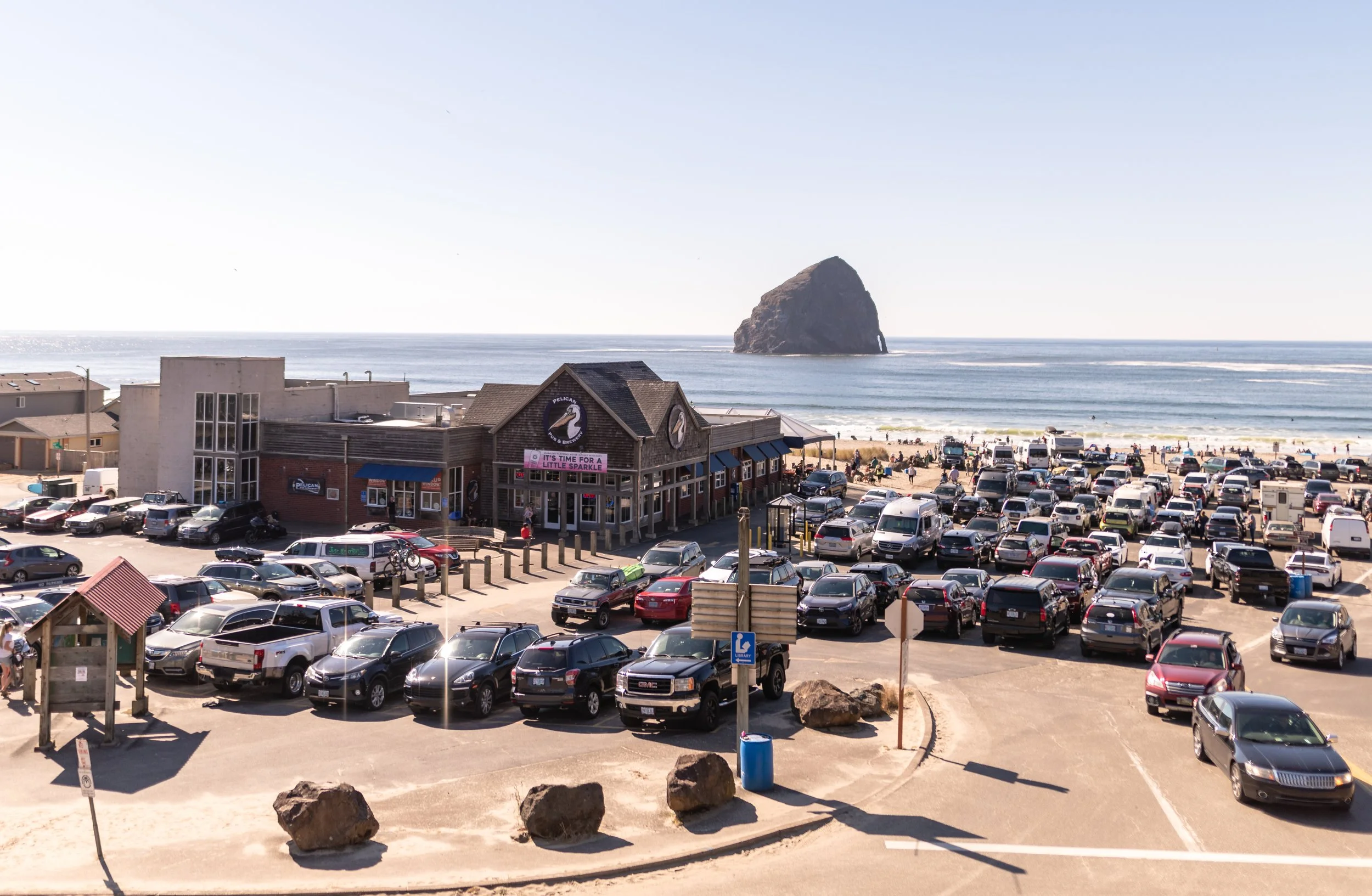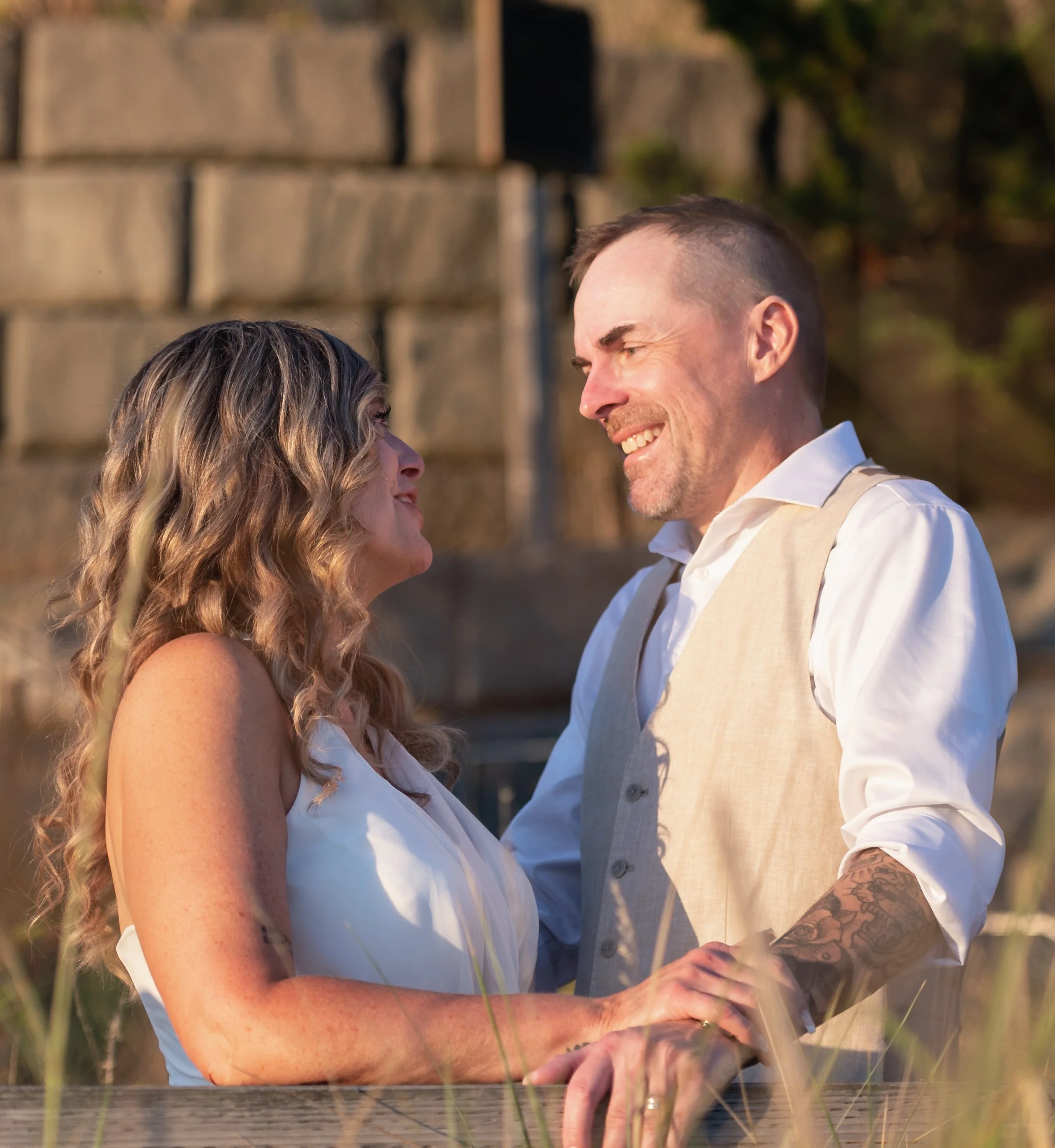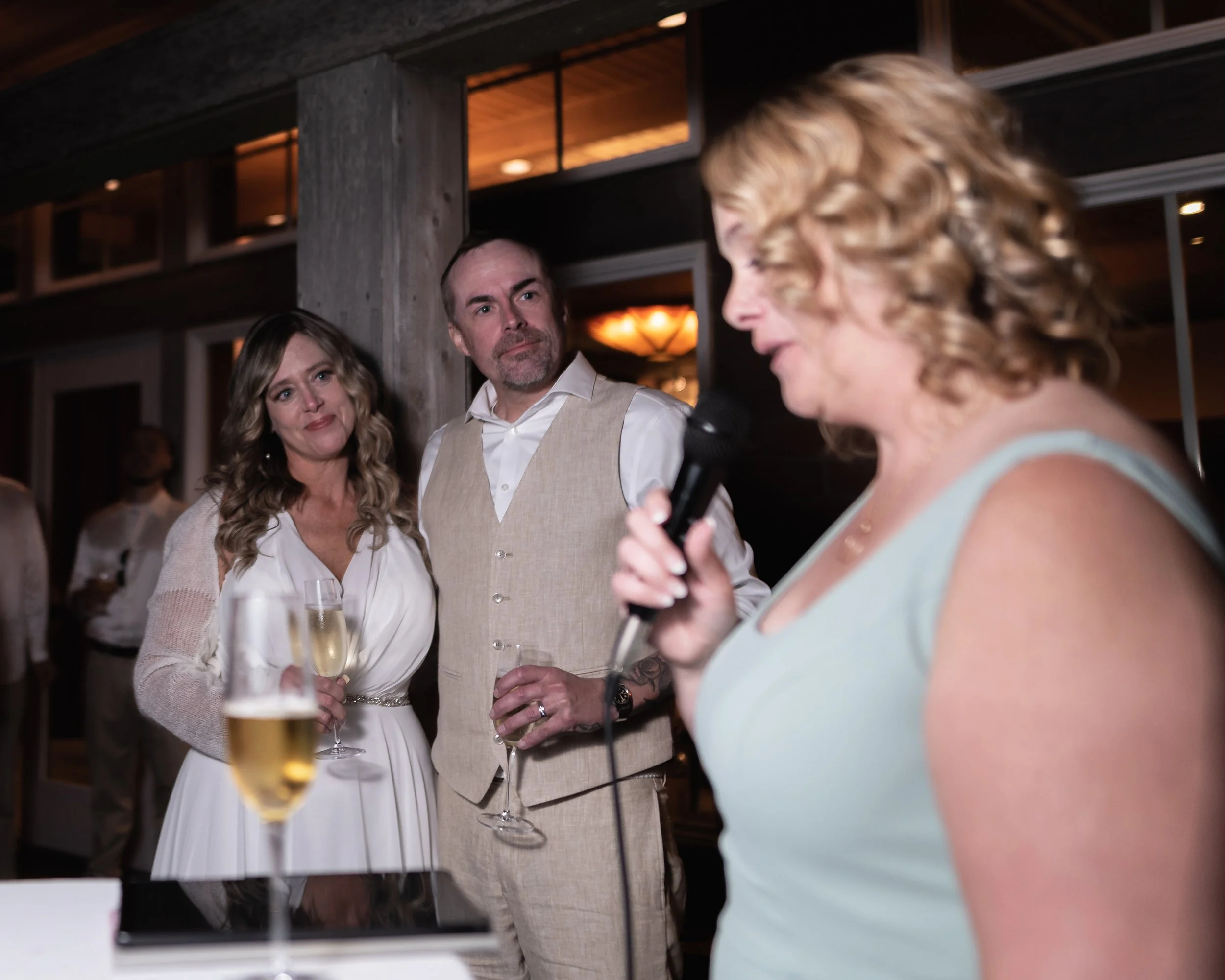7 things I learned photographing a wedding for the first time
Weddings are full of joy, if you prepare
When I left my job after a decade in newspapers, wedding photography was immediately something that jumped out to me as a potential career path. I was well-versed in sports photography and worked as a news photographer for about a year before changing careers. One year after leaving my job, I photographed my first wedding in October — a beach wedding in Cannon Beach on the Oregon Coast.
While there were plenty of parallels between sports, portrait and news photography I had done previously, weddings are, of course, combine all those things into one action-packed day.
Here are seven things I learned shooting my first wedding:
1. Preparation is key
Before ever being hired for my first wedding, I treated wedding photography like a college course. I studied and studied and studied some more. I read blog posts about wedding photography, I consumed other wedding photographers’ work and I watched a lot — a lot — of YouTube videos from wedding photographers.
From that copious amount of studying, I found what I liked, what I disliked and what sparked inspiration from other photographers. I highly recommend watching John Branch for his easygoing approach and editing streams; Taylor Jackson for his business acumen and behind-the-scenes videos; and Katelyn James for teaching the how-tos in a simple, easy-to-comprehend format.
But this point here also applies to the preparation I did for the wedding day itself. Arrive early — we had the chance to go the day before — and explore the venue. Questions to think of while doing that: Where is the light hitting? Where might be a good place to stage family photographs? Where I can take the couple for a more intimate couples portrait time?
From this, you can build a mental map of the day in your head and how it may go. As someone who can deal with anxiety, this sort of thought process can be immensely helpful.
Arriving early has the added benefit of being able to take scene-setting shots from unique angles.
2. Know your gear
Your gear — and I mean all of it, not just your camera bodies and lenses — should be second nature to you. Before shooting my first wedding, I had the opportunity to shoot senior portraits, sports photos and also just day-to-day life images. All of this was a concerted effort to familiarize myself with all of my gear — from the best harness strap to use to how quickly I can get my camera set up on a tripod.
While getting to know your gear, make sure to stress test all of it. Put yourself in situations where you can use your camera, your lenses and all of your accessories to their fullest capability. This will lead to something going wrong at one point or another, and that’s when you’ll also learn how to troubleshoot. So on the day, if your tripod legs won’t disengage, you’ll know how to fix it. If your autofocus starts acting wonky, you know how to work around it and won’t miss a beat while you handle it.
3. Engagement session is highly advised
Another part of preparation in my eyes is an engagement session. When I had the chance to do a one-hour engagement session with Julie and Ryan, it allowed for a few things.
First, it gave them a chance to get to know me, my style and how I work. Making the day fun and producing a high quality of images makes your couple more excited to get their wedding photos after the big day.
It also gave me a chance to get familiar with them. When are they most comfortable? What poses flatter them best? What can I say to get them to smile or laugh with each other?
Finally, it gives photographers a chance to introduce the couple to a few standard poses they can quickly reference on the wedding day. This will be invaluable because of my next point…
Engagement sessions are most useful in figuring out what makes your couple genuinely smile.
4. Time will be a constraint
It’s going to happen. Something will push the timeline back. It’s inevitable. On my first wedding, the ceremony started about 30 minutes late. Dinner was at a set time and family photographs will take time no matter how much help you have corralling all the family members into the proper spot. This meant that my time for couples portraits was about 15 minutes. See how the couple knowing a few poses from your engagement session can be helpful here?
This is also why I recommend getting the safe shots early. Start with your traditional full-length bride and groom portrait, get your standard poses you know will produce good images and then move on to the more creative ideas in case the matron of honor comes and retrieves the couple for dinner quicker than expected.
Also, be prepared to adjust. Remember that mental map of the day you made the night before? It won’t go exactly as planned. But you’ll know what you can change, what you can ignore and what you can focus on instead because you went through the process of thinking ahead.
When time is not on your side, use those engagement session cues to make your couple smile in simple poses.
5. Keep your eyes out for the little moments
Every wedding will have a timeline, it will have all these special details planned and prepared. But the best moments, the ones that make the day unique and special to each individual couple are the little moments in between everything going on. These are my favorite moments to look for and photograph.
The groom peering out before he walks down the aisle, the bride handing off her bouquet to her sister with that look only siblings know, the hug a father and daughter share after the long, emotional day. Be vigilant looking for these.
My favorite way to tell stories is through little moments such as this intimate father-daughter hug.
6. Mind the light
Photography is all about light. If you’ve studied photography at all, or even watched a singular Instagram Reel or YouTube video about photography, you’re sure to have heard it mentioned. But a wedding day takes place over hours and in different spots. The light will not be the same at any point throughout the day. You will have the most challenging lighting situations thrown at you and you are expected to be able to handle it.
For Ryan and Julie’s beach wedding their ceremony was backlit. It was incredibly beautiful, but it’s a challenge shooting into the sun. Know your settings, know the positions you can get into, know what you can correct in post-processing and rely on that preparation we talked about in point one.
When you move later into the night, whether that’s in a dimly lit indoor space, or in my case, speeches on a completely unlit patio, understand how to modify your light. Using bounced flash, lighting stands and softboxes are all things you can do to enhance — or even make it possible to take — your photos. Practice using your flashes — and then practice some more. They’re incredibly simple once you know how to do use them, but there is a learning curve. B & H Photo and Video has some great classes on YouTube that helped me understand flash.
There was practically zero light on this patio where speeches were held. A softbox and Godox flash was quick to setup and light the most important people: the speaker and the bride and the groom.
7. You will have fun
This job probably isn’t for everyone, but if it is for you, I think you’ll know pretty quickly. The day is action-packed from start to finish, and you’ll presented with a bunch of small puzzles to solve.
The ceremony has a bunch of must-have moments similar to a sporting event where you have to get that touchdown shot. The family portraits test your people skills and how efficiently you can manage dozens of people to stand still for a split second. The couples portrait time is an intimate time where you get to witness love up close and make beautiful images. Then there’s the speeches, where you’ll have to understand and use flash well. And finally, the dancing, where you get those action images with everyone smiling and having a grand time.
Once you’ve safely uploaded all your images to at least two separate locations, you will sleep well — and of course, you still have all that culling and editing to do — but weddings are beautiful, action-packed days of joy.







